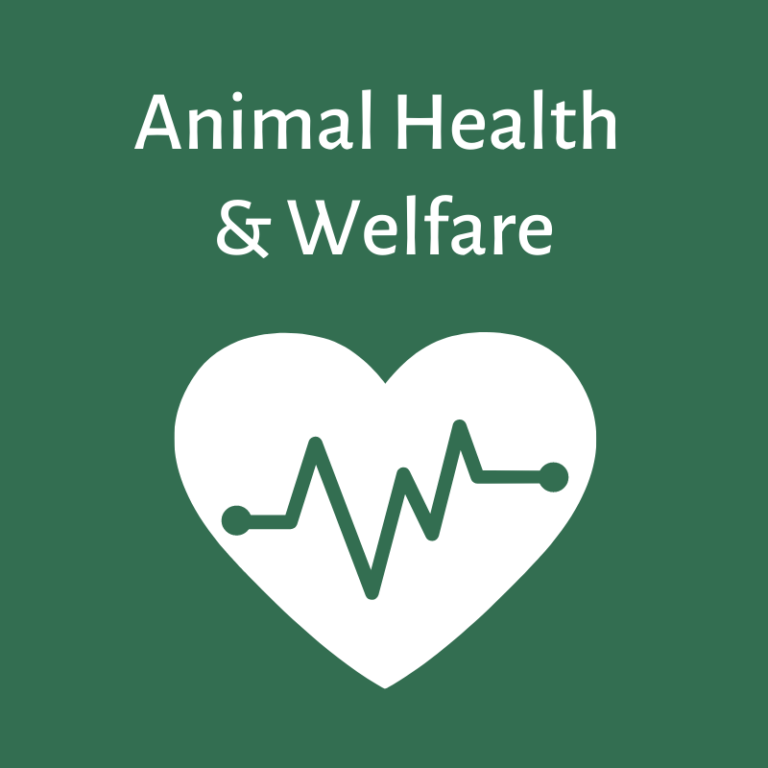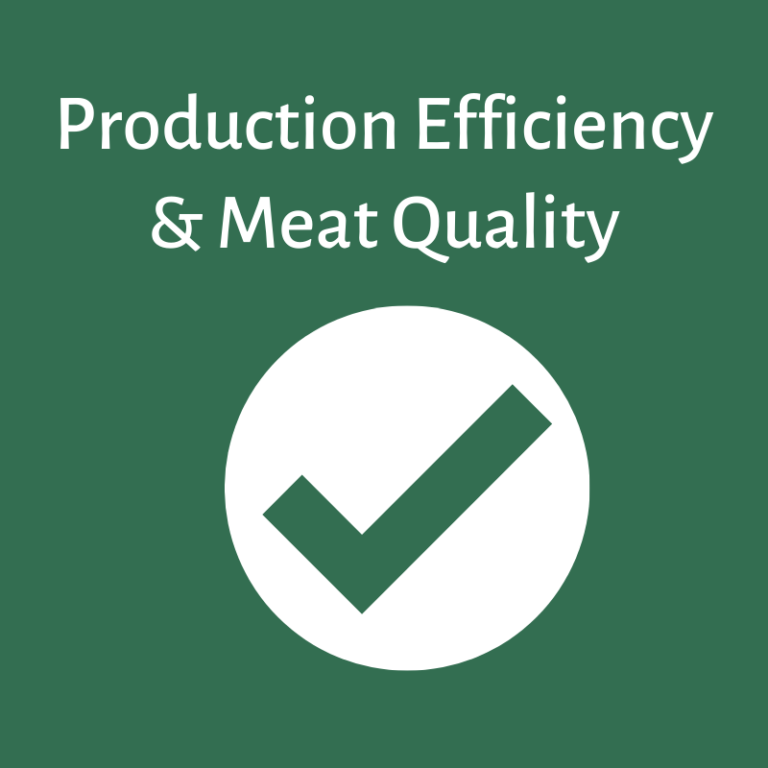1. Challenge
A beef cow is intended to produce one calf each year-round. Therefore, the post-partum cow should be pregnant by the end of the third month of lactation, after overcoming the post-calving uterine involution and the induced anestrus by the hypothalamic-pituitary-ovarian axis. The cow performances depend mainly on pre-partum nutrition but also on calf management. The negative effect of nursing on the reproductive function of beef cows can be mild by the frequency and intensity of suckling.
2. Description of the innovation
In moderate nutritional conditions, the length of post-partum anestrus can range between 45 and 90 days, depending on the type of calf management. The longest post-partum anestrus is observed in beef cows nursing continuously. Several restricted nursing strategies may be applied to face this constraint.
The best calf performances are observed when ad libitum suckling is applied, that lead to a growth rate during the first three months of lactation of around 900 g/day (under no creep feeding supplement conditions) but a loss of cow body reserves of nearly 4% of weight at calving. When the calves are kept continuously with cows, they suckle 6-7 times daily during 9-10 minutes each contact (around 1 h daily). Nursing takes place at maximum regular intervals of 7-8 hours, which may reflect calf satiation interval.
The worst calf performances are observed with one nursing period per day in the morning (1 x 30 min), that lead to a growth rate during the first three months of lactation of around 650 g/day (under no creep feeding supplement conditions) but allows to keep steady the cow body reserves. Restricted nursing for 1 x 30 min allows establishing a mother-young bonding that is used mainly for nursing (77-86% out of the time in contact).
Some differences between breeds may be expected during restricted nursing: Parda de Montaña cows (ancient Brown Swiss selected for beef purpose) allows more cross nursing by foster calves while Pirenaica cows (local breed from the Pyrenees mountain ranges) performs more agonistic encounters to own or alien calves.
The innovation consists of two suckling periods per day (2 x 30 min) that can offset the outcomes between the best and the worst practice. This husbandry system leads to calf growth rates during the first three months of lactation of around 800 g/day (under no creep feeding supplement conditions) and cow body-weight losses of around 1% of weight at calving.
Higher calf growth rates could be achieved by supplementing with creep feed during lactation (either concentrates or good quality forages, or both).
3. Practice recommendations
To apply 2 x 30 min nursing periods, a separate pen for calves would be required. Additional visual or olfactory isolation from dams between suckling periods is not necessary, as the length of nursing and the post-partum anestrus does not differ compared with restricted nursing allowing fence contact.

This innovation was used on mountain ranges of Spain for many years, but it was abandoned as a result of grazing length outdoors and because of the increase of herd sizes. However, it is getting interest as a trade-off for the productive and reproductive outcomes of the suckled cows, especially after undernourishment periods. This practice would not affect maternal bonding. The implementation of fences and grouped calving in range production systems would allow effective restrictive nursing during the first months of lactation.
Impact on:
 | Trade-off to balance feed costs. |
 | Improving the cow performances and health. |
 | |
 |
Authors: Javier Álvarez-Rodríguez (from Universidad de Lleida, javier.alvarez@udl.cat); Albina Sanz (from CITA de Aragón, asanz@aragon.es).
Source of information:
•Álvarez-Rodríguez J., 2009. Mecanismos fisiológicos a través de los que la crianza del ternero actúa sobre la reproducción de la vaca nodriza. Tesis Doctoral, Universidad de Zaragoza. http://zaguan.unizar.es/record/4546.
•Álvarez-Rodríguez J., Palacio J., Casasús I., Revilla R., Sanz A., 2009. Performance and nursing behaviour of beef cows with different types of calf management. Animal 3 (6): 871-878.
•Álvarez-Rodríguez J., Sanz A., 2009. Physiological and behavioural responses of cows from two beef breeds submitted to different suckling strategies. Appl Anim Behav Sci 120: 39-48.